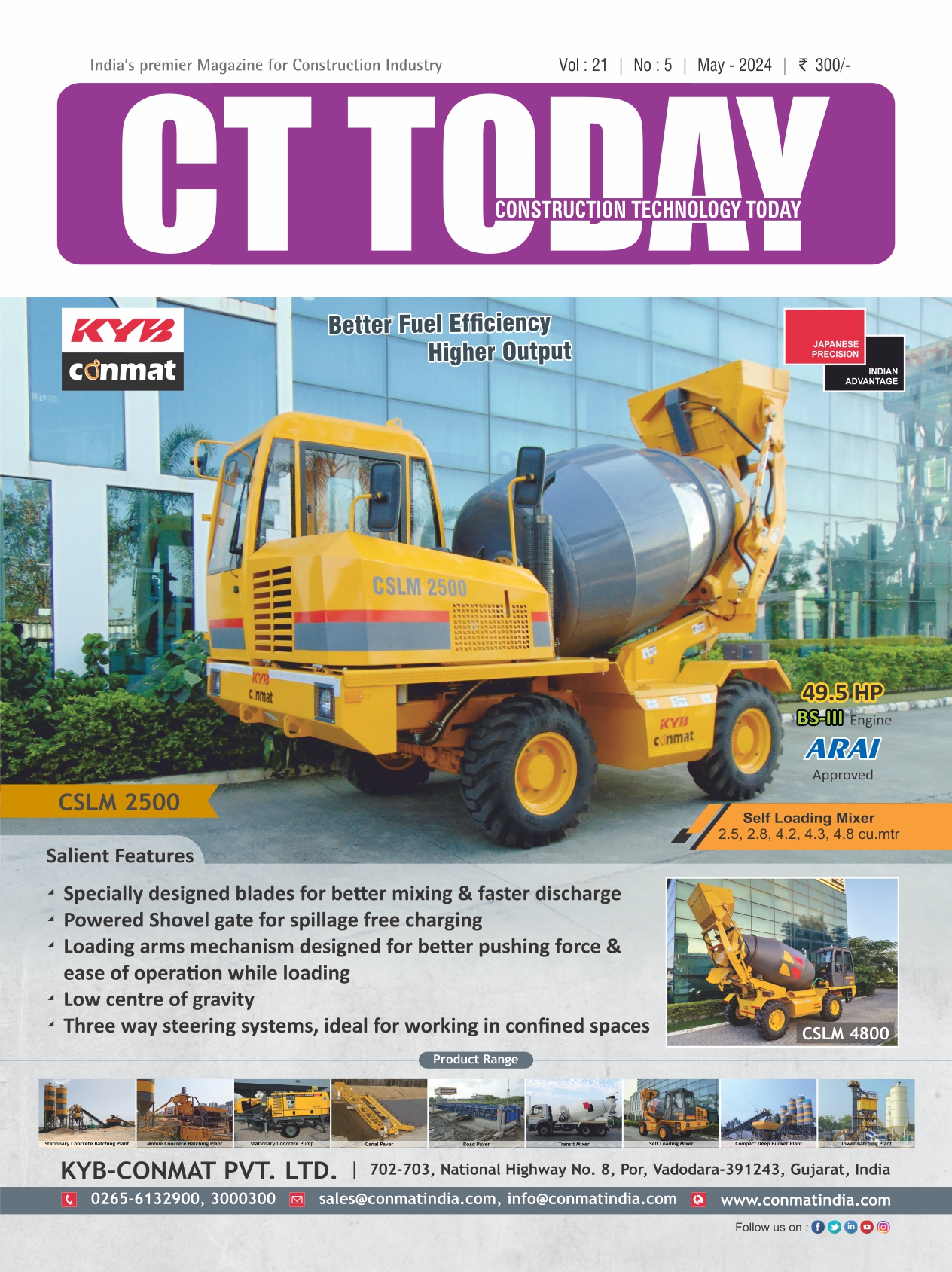ABOUT THE AUTHOR
Ashish Kumar, Senior
Manager, Geo Environmental Solutions
Contact: +91-8826173376
Email:
admin@geoes.in
Website:
www.geoes.in
SITE
DESCRIPTION
The case study delves into
the analysis of slope protection and remedial measures for two significant
areas along the railway line connecting Parassala railway station in Kerala to
Eraniel Railway Station in Tamil Nadu, India. This project falls within the
purview of the Thiruvananthapuram Division-Engineering Department, Southern
Railway. The objective is to ensure the efficient operation of the railway
lines by stabilizing and protecting specific stretches. The details of the
slope locations, along stability analyses and recommended remedial actions, are
provided in subsequent sections.
Figure 2 Site Conditions of Location 2
GEOLOGY
The geological makeup of
Location 1 consists mainly of Khondalite and Charnockites Group, whereas
Location 2 is predominantly made up of sandy silt/clayey sand originating from
the Quaternary Formation, which is renowned for its unconsolidated structure.
To evaluate stability, geotechnical parameters are established via bore log
tests carried out onsite. Subsequently, soil samples, disturbed during
collection, undergo a series of laboratory analyses to gauge their distinct
characteristics.
FIELD
AND LABORATORY TESTING
The Standard Penetration
Test (SPT) is a common geotechnical investigation method used to assess the
subsurface soil conditions. It involves driving a split-spoon sampler into the
ground at regular intervals and recording the number of blows required to
penetrate the soil. SPT results aid in designing foundations for construction
projects.
LOCATION
1
According to the borehole
log data, the slope section contains Laterite soil up to a depth of
approximately 8.5 meters. Beyond this depth and up to 15 meters, highly
weathered laterite rock is encountered. The Rock Quality Designation (RQD)
percentage of the strata is indicated as nil, and the solid core recovery
ranges from 3% to 10%.
LOCATION
2
Based on the borehole log
data, the slope section consists of Laterite soil up to a depth of
approximately 5 meters. Below this depth, heavily weathered laterite rock is
encountered. The RQD percentage of the strata is reported as nil, with solid
core recovery varying between 4% and 7%.
STABILITY ANALYSES AND
REMEDIAL MEASURES
LOCATION
1
The slopes along the
stretch exhibit highly weathered strata predominantly consisting of sandy
silt/clay with gravel. The entire slope is densely vegetated, indicating
significant weathering. Dense vegetation is particularly observed in areas with
heavy rainfall, as rainfall enhances soil fertility and provides ample water
supply.
In the absence of anchors,
the Limit Equilibrium Analysis revealed a Factor of Safety of 0.493, falling
significantly below the safety threshold. However, upon incorporating anchors
into the analysis, the Factor of Safety increased substantially to 2.440. Similarly,
when Finite Element Analysis was conducted at this location without anchors,
the Strength Reduction Factor (SRF) was calculated to be 0.69, below the
critical SRF. After installing anchors, the SRF value increased to 1.73,
surpassing the minimum safe value. Consequently, as part of the remedial
measures, 32mm diameter SDA with a length of 7 meters and a spacing of 1.25
meters in both plane and out-of-plane directions were installed.
To address erosion and
facilitate vegetation growth, Non-woven Coir mats were installed, supplemented
by welded steel wire mesh to further stabilize the slope. Additionally,
perforated PVC pipes were installed for drainage purposes to mitigate Excess
Pore water pressure.
LOCATION
2
The area designated as
Location 2 features a slope that has undergone weathering. Increased vegetation
growth in this area contributes to biomechanical weathering, a process that
slowly decomposes rock into soil. Borehole log data reveals that the slope
comprises Laterite soil extending to a depth of around 5 meters, below which
lies heavily weathered laterite rock.
In the absence of anchors,
the Limit Equilibrium Analysis yielded a Factor of Safety of 1.306, which fell
below the safety threshold. However, after conducting the analysis with
anchors, the Factor of Safety increased significantly to 2.338. Similarly, in
the Finite Element Analysis conducted at this location without anchors, the
Strength Reduction Factor (SRF) was calculated to be 1.25, below the critical
SRF. After installing anchors, the SRF value increased to 1.55, surpassing the
minimum safe value. As part of the remedial measures, 32mm diameter SDA with a
length of 7 meters and a spacing of 1.25 meters in both plane and out-of-plane
directions were installed.
To address erosion and
encourage vegetation growth, Coir mats were installed, complemented by welded
steel wire mesh to enhance slope stability further. Additionally, perforated
PVC pipes were installed within the slope to facilitate drainage and mitigate
Excess pore water pressure.
CONCLUSION
The slope protection
measures recommended are based on thorough numerical modelling derived from
comprehensive geotechnical data analysis. These recommendations are carefully
tailored to address the specific challenges posed by the terrain. By
integrating insights from the numerical modelling process, we have identified
and implemented effective solutions such as Self-Drilling Anchors, Perforated
PVC Drainage pipes, non-woven coir mat, and welded steel wire mesh. This
approach ensures that the slopes are adequately stabilized, thus safeguarding
the integrity of railway lines, trains, and ensuring the safety of passengers.
REFERENCES
• Duncan, C. W., & Christopher, W. M.
(2004). Rock slope engineering: civil and mining. Spon Press, New York.
• IRC-HRB Special report 23 (2016). State of
the Art-Design and Construction of Rockfall Mitigation Systems, IRC Highway
Research Board, New Delhi.
• Rocscience (2015e) RocFall Statistical
analysis of slopes at risk for rockfalls. Rocscience Inc., Toronto, Canada.
• IS 16014 (2012). Mechanically woven,
double-twisted, hexagonal Wire Mesh Gabions, Revet Mattresses, and Rock fall
Netting( Galvanized steel wire or Galvanized steel wore with PVC coating) -
Specification, Bureau of Indian Standards, New Delhi.
• ISO 2408: 2004 (E). Steel wire ropes for
general purposes-minimum requirements, international standards.
• ISO 17745: 2016 (E). Steel wire ring net
panels- Definitions and Specifications, International standards.
• IS2266 (2002): Steel wire ropes for General Engineering Purpose- Specifications, Bureau of Indian Standards, New Delhi.








